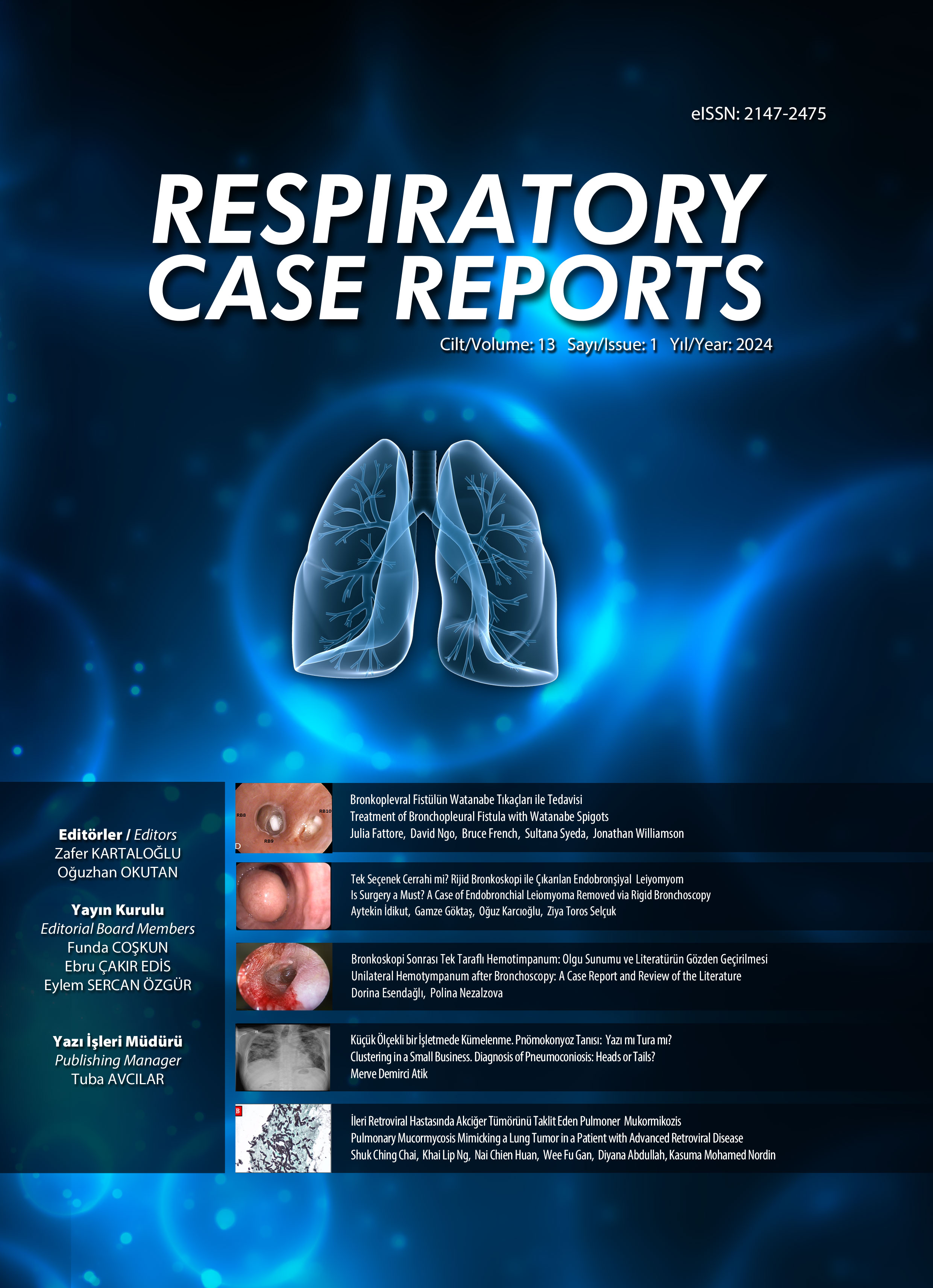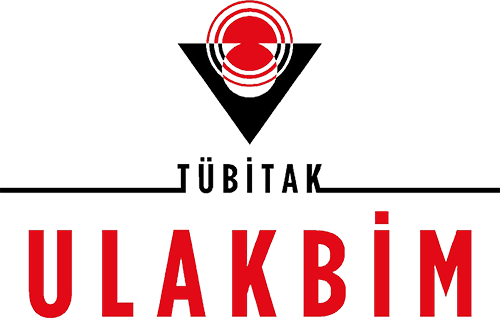

Vertebral Kist Hidatik: Beyaz Kanser
Mustafa Çalık1, Saniye Göknil Çalık2, Hıdır Esme11Sağlık Bilimleri Üniversitesi Konya Eğitim ve Araştırma Hastanesi,, Göğüs Cerrahisi Kliniği, Konya, Türkiye2KTO Karatay Üniversitesi Sağlık Hizmetleri Meslek Yüksekokulu, Konya, Türkiye
Kist hidatik (KH), dünya çapında tahminen 1,2 milyon insanı etkileyen sestod Echinococcus granulosus'un neden olduğu kronik, kompleks ve ihmal edilen zoonotik bir enfeksiyondur. Vertebral tutulum endemik bölgelerde bile tüm KH hastaların %1den daha azını etkileyen nadir bir durumdur. Tanı ve tedavisi oldukça zordur. Bu nedenle Beyaz kanser olarak adlandırılmıştır. Bütün cerrahi ve medikal tedavilere rağmen rekürrens oranı %40100 arasında ve ortalama süreside 30 aydır. Bölgenin anatomik ve fizyolojik özelliklerinden kaynaklanan güçlüklerde eklenince hastaların tedavileri daha da zorlaşmaktadır. Klinisyen tedavi ve hastalık arasında kısır bir döngünün içine girmektedir. Hem cerrahi hem de medikal açıdan rekürrensi engelleyecek; kısır döngüyü kıracak yeni yöntemler ve özellikle santral sinir sistemine daha iyi penetre olan ilaçlara ihtiyaç duyulmaktadır. Burada spinal kanala uzanım gösteren Vertebral KH olgusunu sunduk.
Anahtar Kelimeler: Olağandışı Lokalizasyonu, Vertebra, Omurga, Kemik, Hidatik KistVertebral Hydatid Disease: White Cancer
Mustafa Çalık1, Saniye Göknil Çalık2, Hıdır Esme11Department of Thoracic Surgery, Health Sciences University, Konya Training and Research Hospital, Konya, Turkey2KTO Karatay University Vocational School of Health Services, Konya, Turkey
Hydatid disease (HD), or echinococcosis, is a complex, chronic, neglected zoonotic disease caused by cestodes of the genus Echinococcus. The infection is found worldwide affects an estimated 1.2 million people. Vertebral involvement is rare, affecting less than 1% of all HD patients, even in endemic regions. Diagnosis and treatment of osseous HD is quite challenging; it is also called white cancer. Despite surgical and medical treatment, recurrence ratio for HD is 40% to 100% within average of 30 months. Challenges arising from anatomical and physiological features in cycle of treatment and recurrence can be frustrating for clinicians. New methods, particularly medications that can better penetrate the central nervous system, are needed to prevent recurrence. Presently described is a case of vertebral HD penetrating the spinal canal.
Keywords: Unusual Localization, Vertebra, Spine, Bone, Hydatid CystOlgunun Görüntü Kesitleri
Sorumlu Yazar: Saniye Göknil Çalık, Türkiye
Makale Dili: İngilizce











